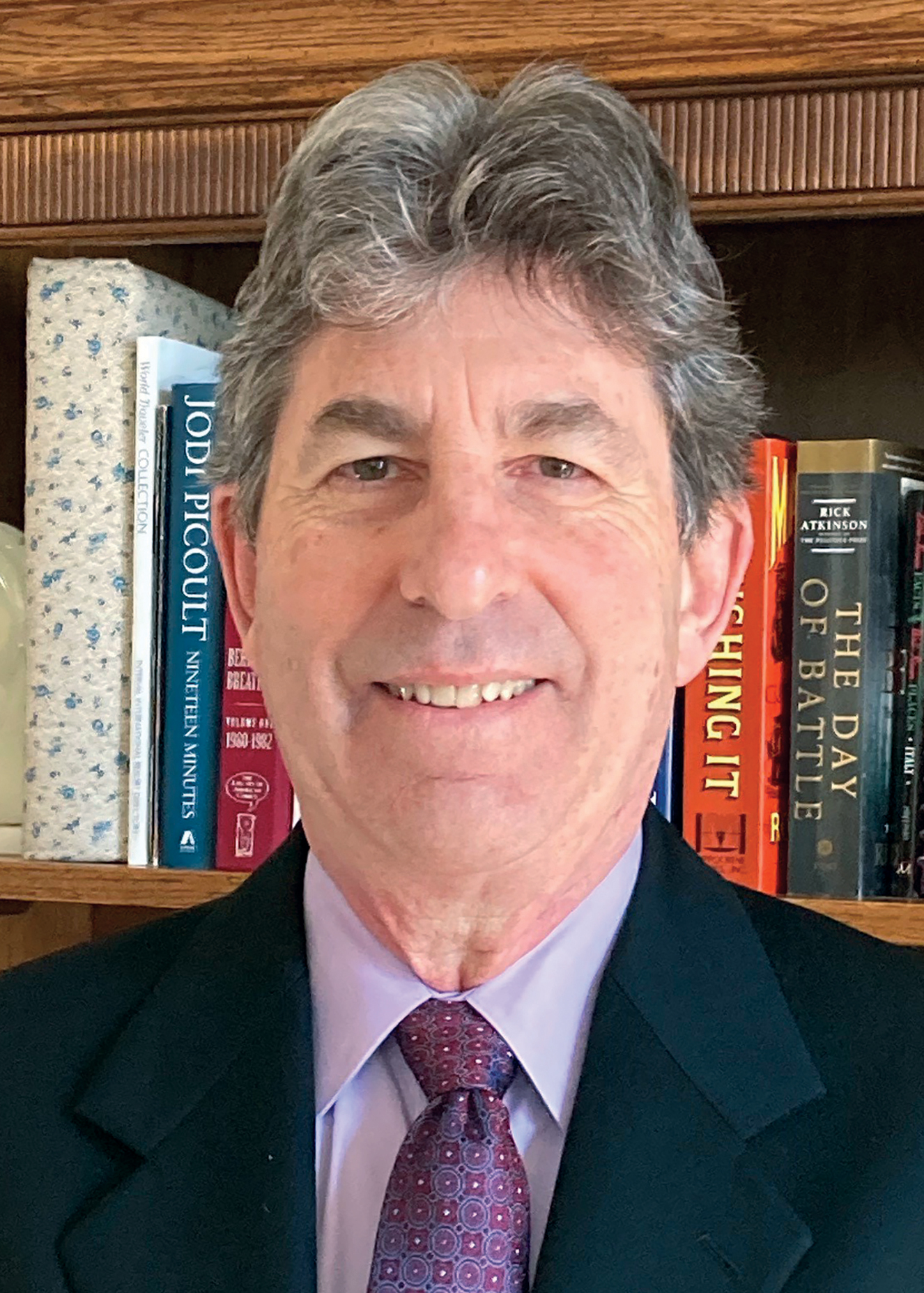Voices of U of U Health
Community Feedback Shapes Campus Development Plan
Big changes are on the horizon. The University of Utah is poised to expand its programs thanks to steady enrollment and connections with more communities around the state and region. With that growth comes the need to augment our physical spaces as well.
The University of Utah Physical Development Plan will lay out exactly how that will be done over the next decade. Beyond what will be added and where, these guidelines ensure this is done without disrupting life on campus and in surrounding neighborhoods.
More than ever before, community feedback will play a significant role in devising our physical development plan. This input will be used to create a thoughtful, dynamic plan that benefits all who interact with the university—from students and staff to neighbors and visitors.

Meeting Campus Needs
The physical development plan addresses the infrastructure needs of the U’s growing academic, research, and health care programming. It will also explore ways to further transform the U from a commuter campus into a community campus. This means additional student housing, new spaces to get food and gather, and revamped transit.
This doesn’t necessarily mean expanding outward. We want to remain sustainable and capitalize on the space we already have. There are countless opportunities to enhance connections to our green spaces, particularly in the Foothills.
We are also becoming more integrated into the Salt Lake City community. U of U Health is preparing to break ground on the University of Utah West Valley Hospital and Health Center. This facility will be built in phases beginning with a multi-specialty outpatient health center, and plans for the hospital and inpatient services to be added later.
The physical development plan ensures these massive changes are carefully executed so business and life can continue to thrive. We also want our U campuses to feel like an organic part of the surrounding community. They should be welcoming areas for people to walk their dogs, grab a bite to eat, and attend events.
Community Focus
It has been more than 15 years since the U’s last master development plan. The 2008 Campus Master Plan took a more leadership-focused approach with less emphasis on community input. Our next plan is going to change that.
We have already begun collecting extensive feedback from our community members. On the University of Utah Physical Development Plan website, campus users can tell us about their favorite and least favorite places as well as the routes they take to get around. We also have an idea board where they can tell us about specific changes they would like to see.
We’re working with NBBJ Consulting to categorize this feedback. We want to include as many of these desired changes into our plan as possible. University staff, students, neighbors, and visitors are all encouraged to participate. The more feedback we receive, the more considerate and meaningful change we can make.

Dynamic and Transparent
A lot can change in 10 years. While we want some parts of our 10-year physical growth plan to be definitive, we need to leave the door open for surprising new developments that could impact campus infrastructure down the road.
Our physical development plan gives us the space to contemplate many different scenarios and how we might approach them. Better preparation means we can be more fluid in the face of unexpected yet necessary change.
We are also improving our vetting process for capital-scale infrastructure projects. We will closely consider the impacts to financial capacity, utilities, traffic, and transportation. These discussions are happening much earlier in the process—before commitments are made.
Above all, education and transparency will be paramount. We want the public to be informed every step of the way. Instead of expecting people to read through dense documents, we will make ongoing updates to the website. We’ll provide graphics and visuals to paint a clearer picture of our intentions. We encourage community members to visit the website frequently in the coming years.
Necessary Change
Change is never easy. Not every decision we make will be perfect. But feedback from the community—on and off campus—will help us navigate the growing pains that lead to better campus life.
In upholding the U’s legacy molded over its 150-year history, we want our decisions to be thoughtful and well-researched. We aren’t just deciding what our campus will look like for the next couple decades. It’s about the next century and beyond.


